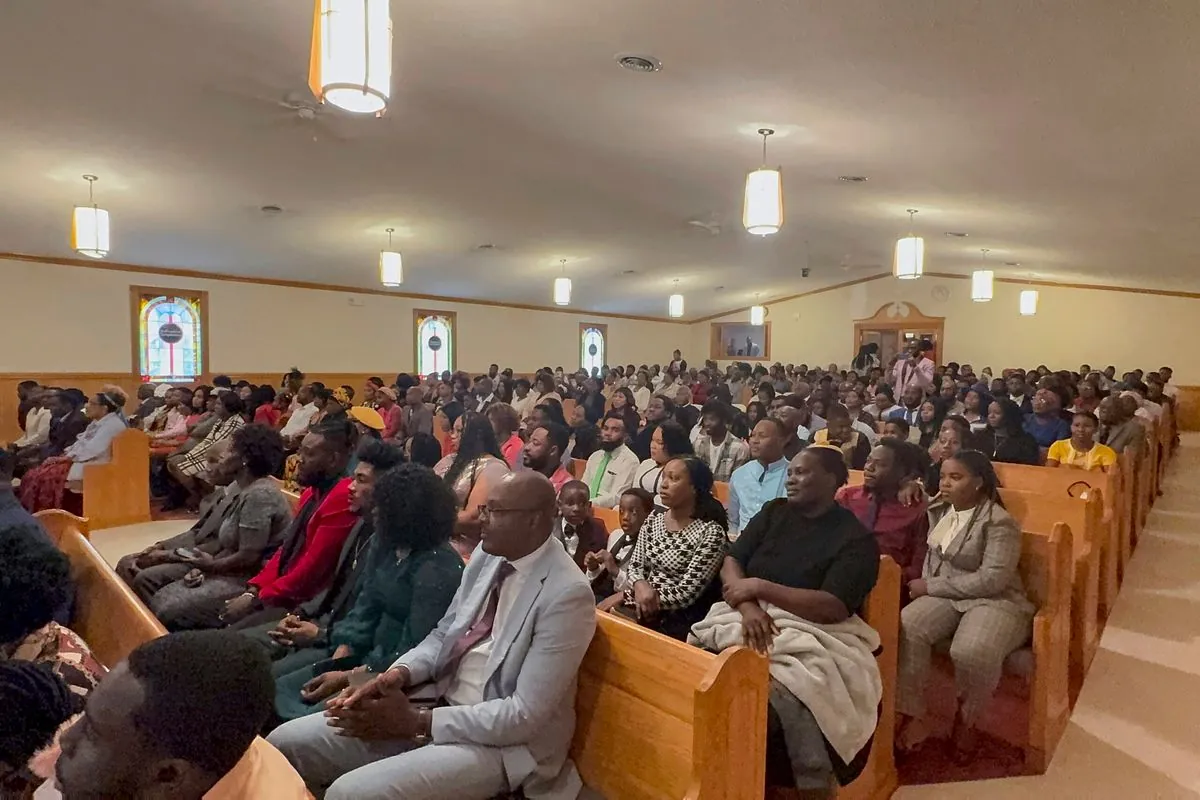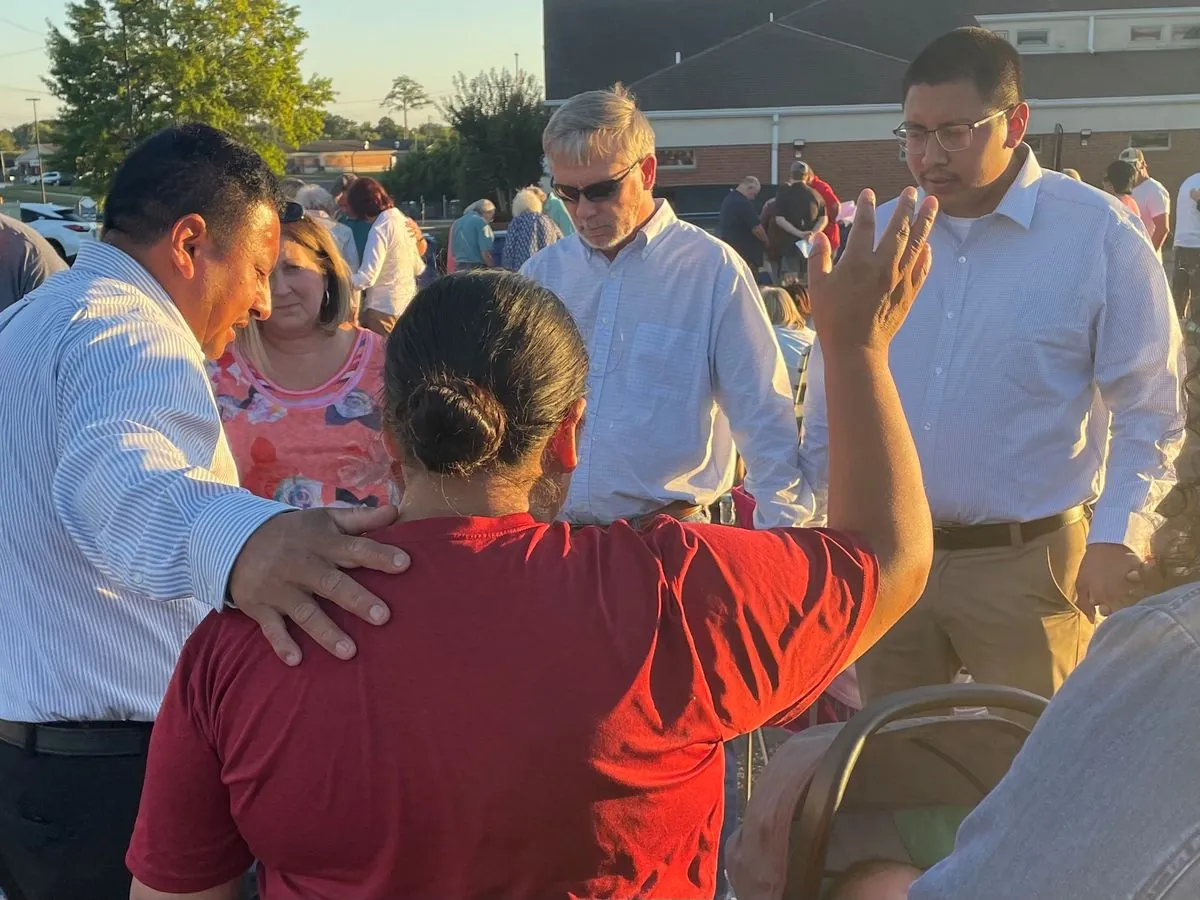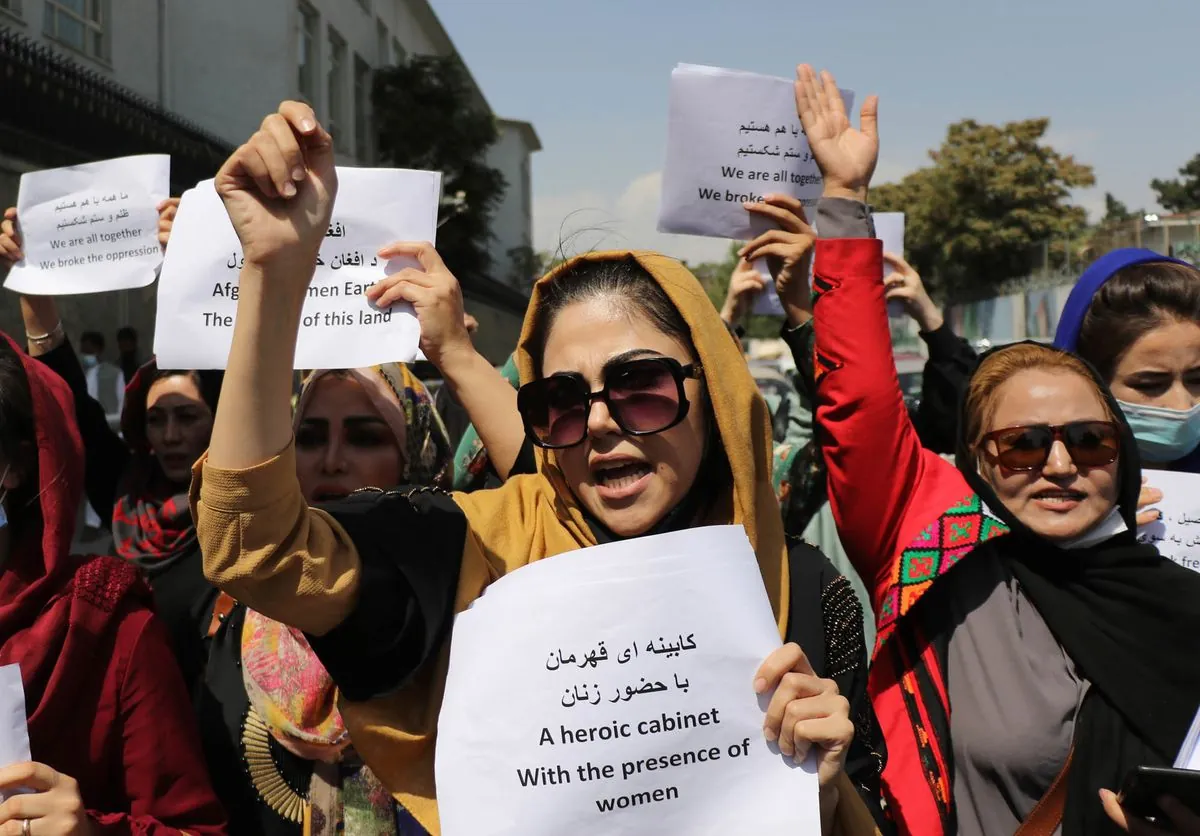Alabama Communities Navigate Haitian Migration Amid Misinformation
As Haitian migrants settle in Alabama, local leaders work to integrate newcomers despite rising tensions fueled by misinformation. Community initiatives aim to bridge cultural gaps and dispel unfounded fears.

In recent months, Alabama has witnessed an influx of Haitian migrants, leading to both challenges and opportunities for local communities. The situation has sparked debates and initiatives across the state, as residents and officials grapple with the complexities of integration and misinformation.
Sarah Jacques, a 22-year-old Haitian migrant, exemplifies the journey many have undertaken. Relocating from Port-au-Prince to a small Alabama city, Jacques initially found solace in the quiet life and increased security compared to her homeland. Haiti, the first black republic to gain independence in 1804, has long struggled with political instability and economic hardship, making it the poorest country in the Western Hemisphere.
However, recent misinformation spread by political figures has created new obstacles for migrants like Jacques. "When I first arrived, people were welcoming, but now there's a noticeable change in attitude," Jacques explained through a translator. This shift in perception highlights the impact of unfounded claims on community relations.
In response to these challenges, a diverse group of local leaders has mobilized to support the integration of Haitian migrants. Their efforts are particularly crucial given the historical context of Haiti, a nation that was the first in the Americas to abolish slavery and has faced numerous challenges, including a devastating earthquake in Port-au-Prince in 2010.
The Biden administration's 2023 program, allowing up to 30,000 migrants monthly from countries including Haiti, has facilitated this migration. As of 2023, Alabama was home to 2,370 people of Haitian ancestry, with numbers likely increasing since then. This influx has led to demographic shifts in some communities, such as Albertville, where the percentage of students learning English as a second language has doubled since 2017.

Pastor John Pierre-Charles, who arrived in Albertville in 2006, has witnessed the growth of the Haitian community firsthand. His church, which began with just seven members in 2010, now serves approximately 300 congregants. Pierre-Charles is expanding his church to offer English classes and other resources, recognizing the need for cultural and linguistic support.
Community activist Unique Dunson has taken a proactive approach to welcome newcomers. Her initiative of placing billboards with welcoming messages in English, Spanish, and Creole demonstrates a grassroots effort to combat negative sentiments. This action is particularly significant given Haiti's official languages are Haitian Creole and French, reflecting the country's complex colonial history.
Law enforcement officials, such as Enterprise Police Chief Michael Moore, have played a crucial role in dispelling fears. Moore reported no measurable increase in crimes correlating with the growing Haitian population, countering unfounded concerns about migrant-related lawlessness.
As Alabama communities continue to navigate these changes, the situation serves as a microcosm of broader national debates on immigration and integration. The efforts of local leaders and community members to foster understanding and provide support highlight the potential for positive outcomes in the face of challenging circumstances.
"I can see some people in Albertville who are really scared right now because they don't know what's going to happen. Some are scared because they think they may be sent back to Haiti. But some of them are scared because they don't know how people are going to react to them."
The ongoing initiatives in Alabama demonstrate the importance of education and community engagement in addressing the complexities of migration. As these efforts continue, they may serve as a model for other communities facing similar challenges, fostering a more inclusive and informed approach to integration.


































